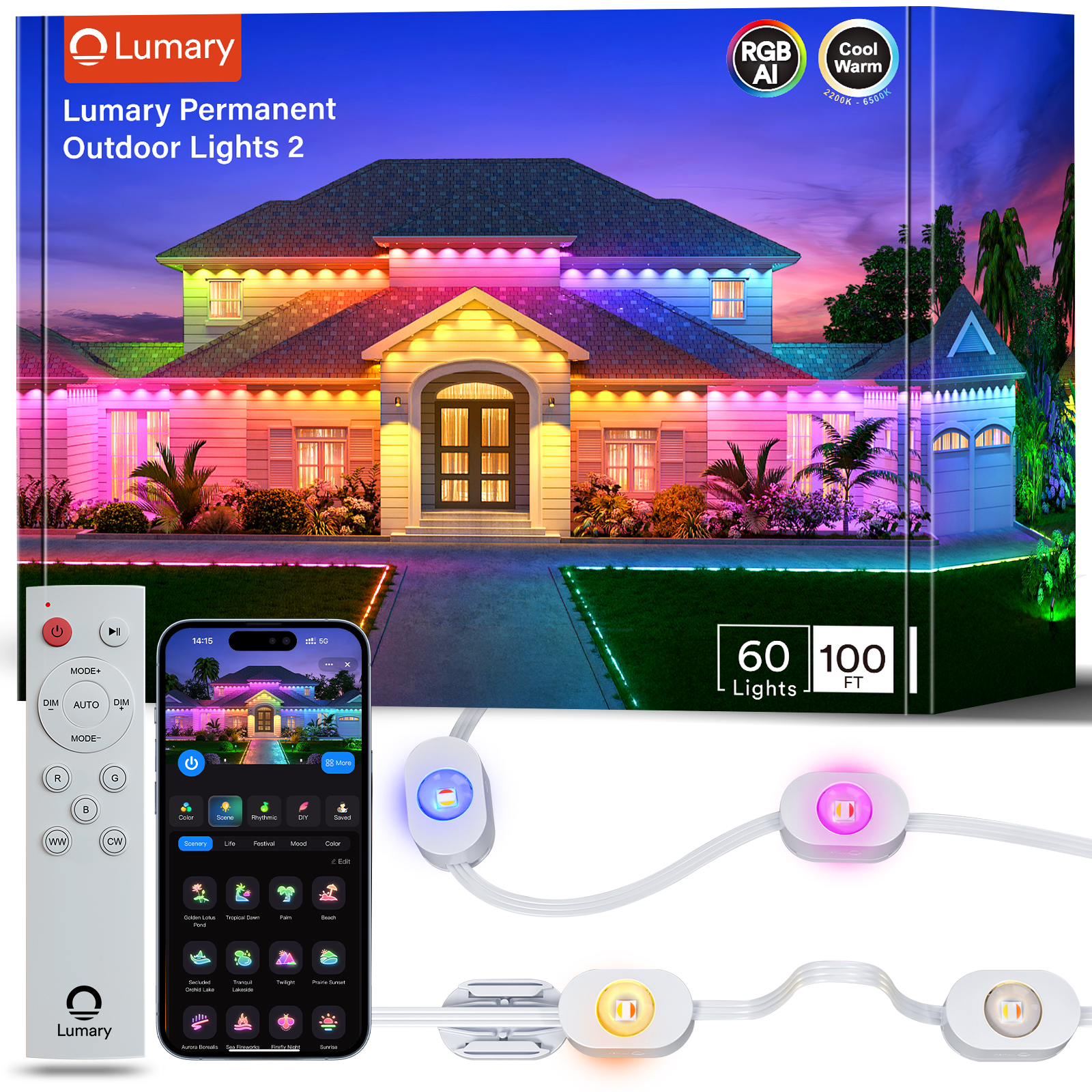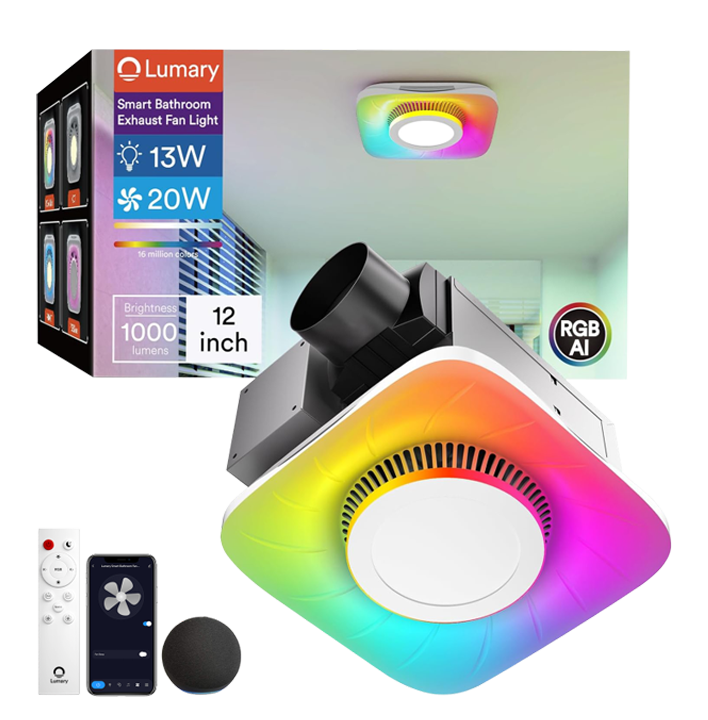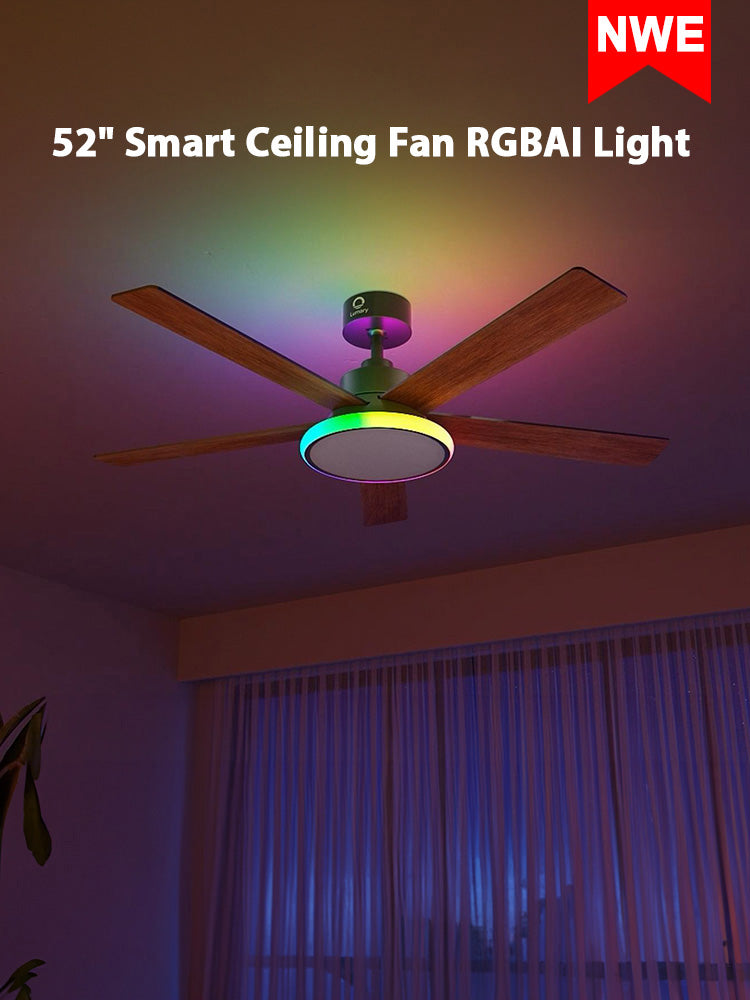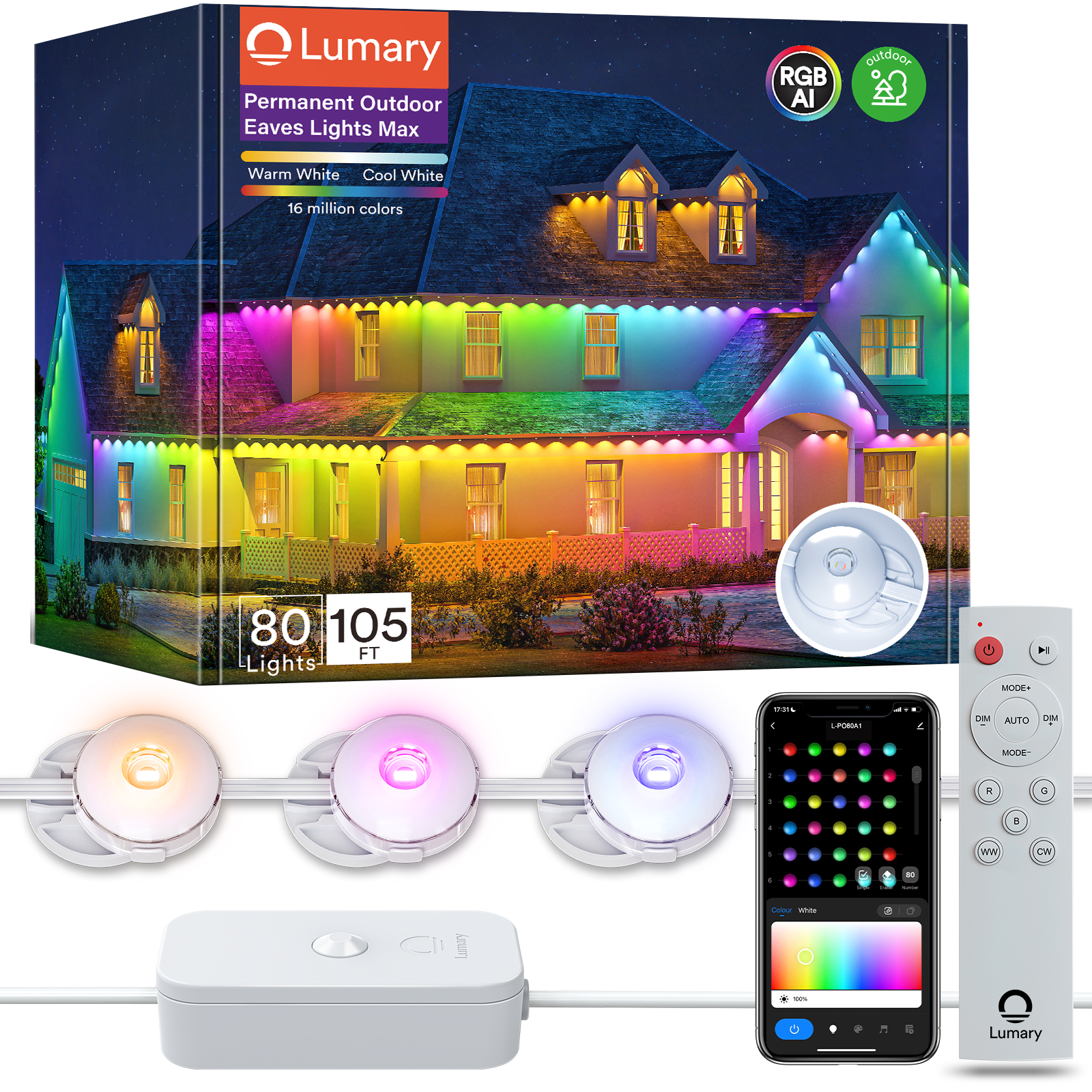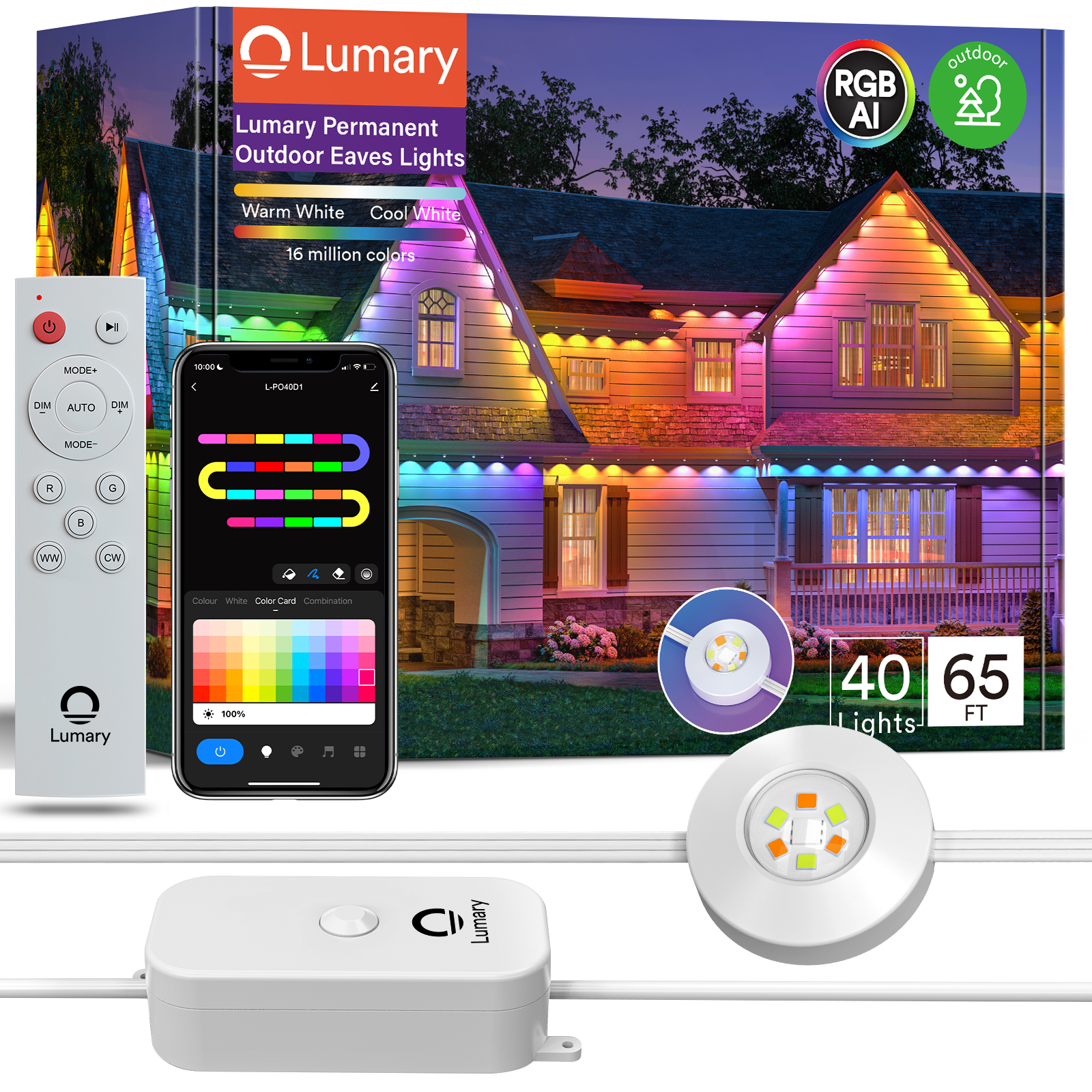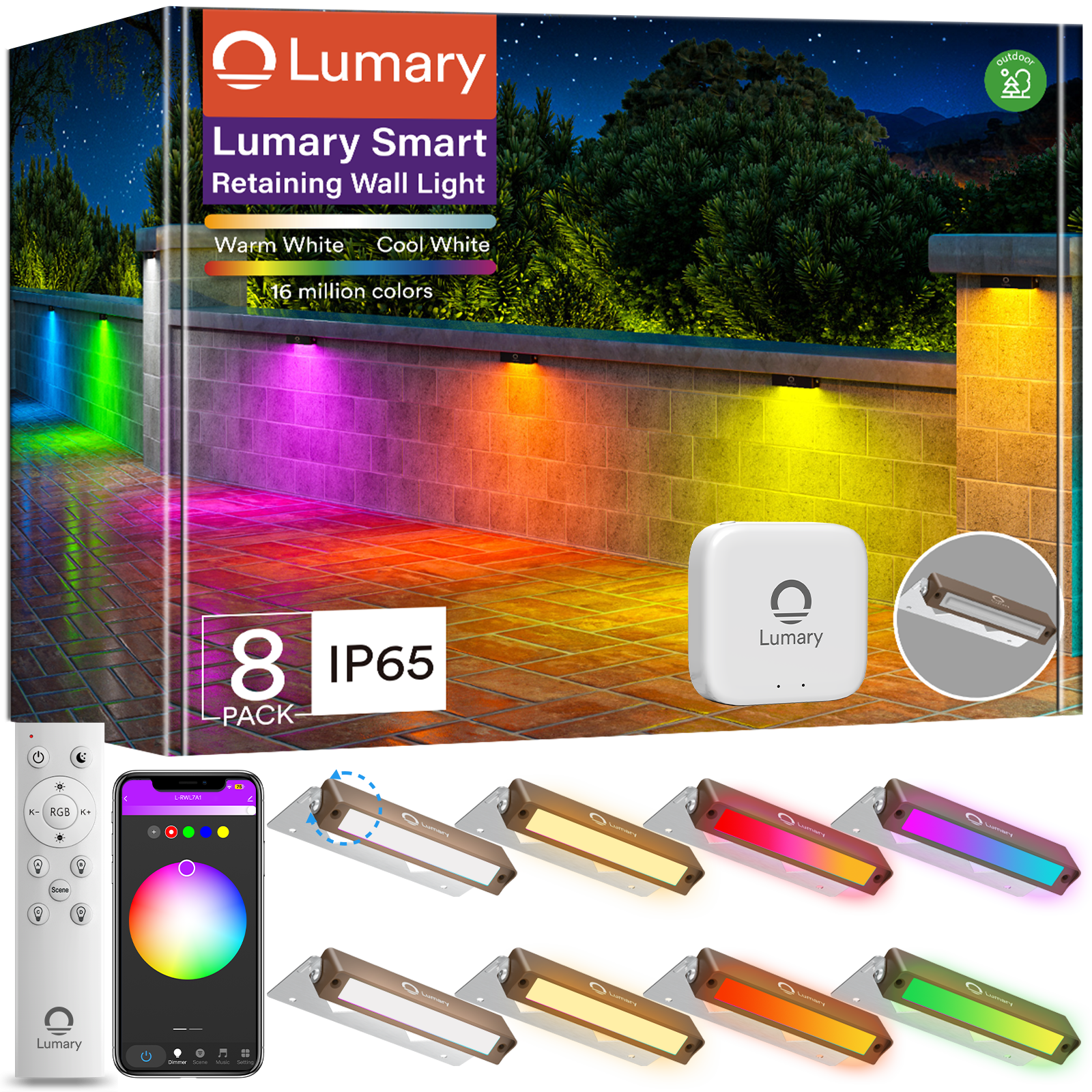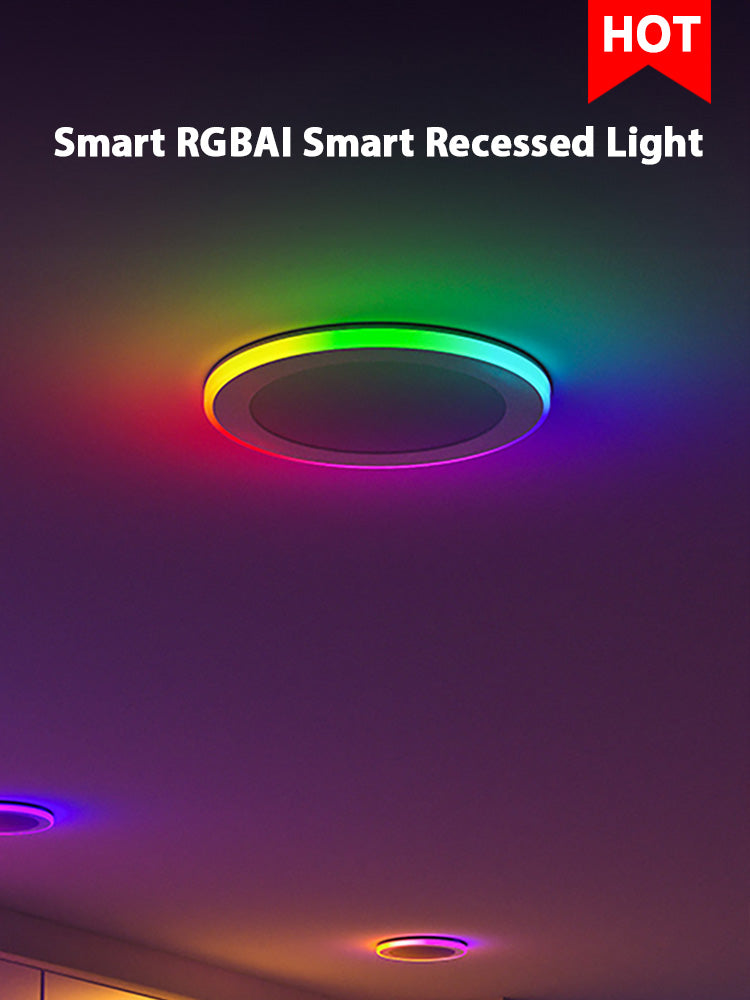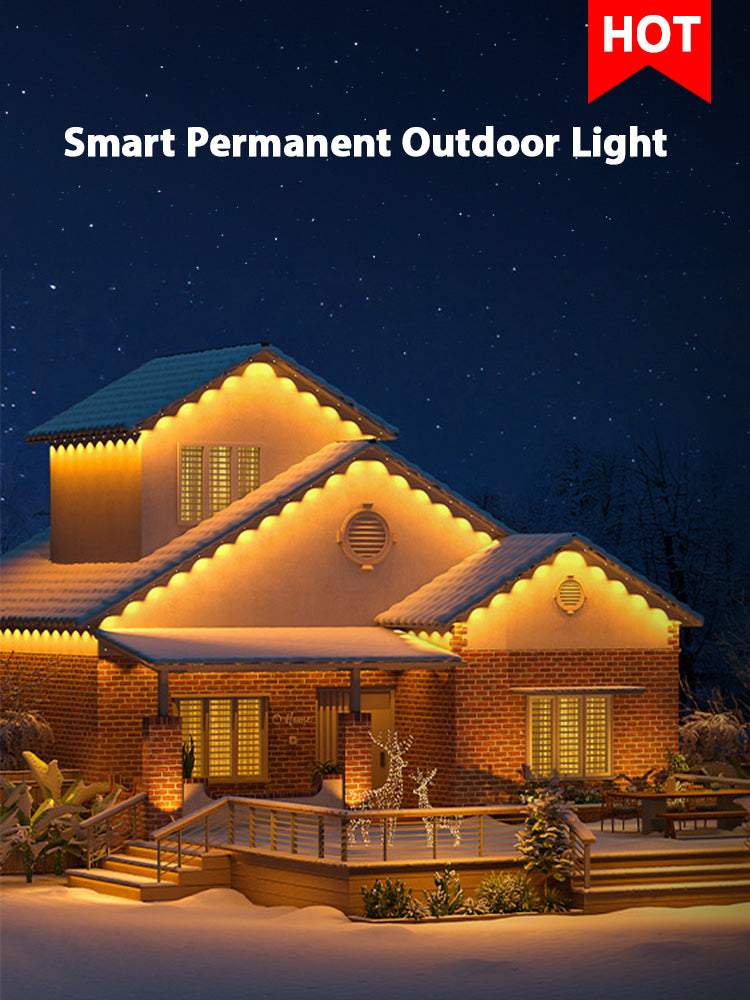Thin recessed lights have become a popular choice for modern interiors. They offer a sleek and unobtrusive lighting solution that enhances the aesthetic appeal of any space. Achieving a professional installation is crucial to ensure optimal performance and longevity. You benefit from their energy efficiency, as LED recessed lighting uses up to 80% less electricity than traditional options. This not only reduces your energy bills but also contributes to a more sustainable environment. Embrace the elegance and functionality of thin recessed lights to transform your living spaces.
Planning Your Installation

Understanding Trim Types
When planning to install thin recessed lights, you first need to understand the different trim types available. Trims play a crucial role in the appearance and functionality of your lighting.
Exploring Different Trim Options
Thin recessed lights come with various trim options, such as baffle, reflector, and adjustable trims. Each type serves a unique purpose. Baffle trims reduce glare, making them ideal for living rooms. Reflector trims enhance brightness, perfect for kitchens or workspaces. Adjustable trims allow you to direct light where needed, offering flexibility in design.
Selecting the Appropriate Trim for Your Design
Choose a trim that complements your room's style. Consider the room's function and the ambiance you wish to create. For a modern look, sleek and minimal trims work best. If you want to highlight artwork or architectural features, adjustable trims provide the versatility you need.
Selecting Color Temperature
Color temperature affects the mood and functionality of a space. Thin recessed lights offer a range of color temperatures to suit different needs.
Comparing Warm and Cool Lighting Effects
Warm lighting (2700K-3000K) creates a cozy and inviting atmosphere, suitable for bedrooms and living areas. Cool lighting (5000K-6500K) offers a bright and energizing effect, ideal for offices and kitchens. Understanding these differences helps you make informed decisions.
Choosing Color Temperature Based on Room Usage
Select the color temperature based on how you use the room. For relaxation, opt for warm tones. For tasks requiring focus, cool lighting enhances visibility. Some smart recessed lighting options even allow you to adjust the color temperature, providing flexibility for various activities.
Determining Spacing and Layout
Proper spacing ensures uniform illumination and enhances the overall aesthetic of your space.
Calculating the Number of Thin Recessed Lights Needed
To determine how many thin recessed lights you need, consider the room's size and purpose. A general rule is to divide the ceiling height by two to find the spacing between lights. For example, an 8-foot ceiling would require lights spaced about 4 feet apart.
Establishing Ideal Spacing for Uniform Illumination
Ensure even distribution by planning the layout carefully. Avoid placing lights too close to walls to prevent shadows. Use a grid pattern for larger areas to achieve balanced lighting. This approach not only enhances functionality but also adds to the room's visual appeal.
Preparing for Installation
Before you begin installing thin recessed lights, gather all necessary tools and materials. This preparation ensures a smooth and efficient process.
Gathering Necessary Tools and Materials
Comprehensive List of Essential Tools
To install thin recessed lights, you'll need specific tools:
-
Drill: For making precise holes.
-
Wire Strippers: To safely strip electrical wires.
-
Voltage Tester: Ensures no live wires are present.
-
Screwdriver: For securing fixtures.
-
Measuring Tape: Helps with accurate placement.
Recommended Materials for Optimal Results
Having the right materials is crucial:
-
Thin Recessed Lights: Choose ones that fit your design needs.
-
Junction Box: For safe electrical connections.
-
NM-B Cable: Suitable for wiring.
-
Wire Connectors: Ensure secure connections.
Ensuring Safety Precautions
Safety is paramount when working with electricity. Follow these steps to protect yourself and your home.
Safely Turning Off Power Supply
Always turn off the power at the circuit breaker before starting. This step prevents accidents and ensures your safety throughout the installation. As one expert advises:
"Safety should always be your top priority during electrical work."
Identifying and Avoiding Potential Obstructions
Before cutting into the ceiling, check for any obstructions like pipes or existing wiring. Understanding your existing electrical system is crucial for a safe installation. This knowledge helps you avoid costly mistakes and ensures compliance with local building codes.
By following these guidelines, you can confidently prepare for installing your thin recessed lights, ensuring both safety and efficiency.
Installation Process

Cutting the Ceiling
To begin installing your thin recessed lights, you need to cut the ceiling accurately. This step ensures that the lights fit perfectly and function as intended.
Accurately Marking the Layout
Start by marking the layout on your ceiling. Use a pencil and a measuring tape to ensure precision. Measure twice to avoid mistakes. Place strips of tape to outline where each light will go. This visual guide helps you maintain symmetry and balance in your lighting design.
Utilizing Appropriate Tools for Precise Cutting
Once you've marked the layout, it's time to cut the ceiling. Use a drywall saw or a hole saw attachment on your drill. These tools provide clean and precise cuts. Follow the manufacturer's template for your thin recessed lights to ensure the correct size. Take your time to avoid damaging the surrounding area.
Wiring the Lights
Wiring is a crucial part of the installation process. Proper connections ensure that your thin recessed lights work safely and efficiently.
Safely Connecting Wires
Before you start wiring, double-check that the power is off. Use a voltage tester to confirm. Connect the wires from the light fixture to the junction box. Match the colors: black to black, white to white, and ground to ground. Use wire connectors to secure the connections. This step prevents loose wires and potential hazards.
Verifying and Testing Electrical Connections
After connecting the wires, verify the connections. Gently tug on each wire to ensure they are secure. Turn the power back on and test the lights. If they don't work, recheck your connections. Testing at this stage saves time and prevents future issues.
Securing and Finishing
The final step involves securing the lights and making necessary adjustments. This ensures that your thin recessed lights are both functional and aesthetically pleasing.
Properly Installing the Thin Recessed Lights
Insert the lights into the cut holes. Use the spring clips to hold them in place. Ensure they sit flush with the ceiling for a seamless look. This step enhances the sleek design of thin recessed lights.
Making Final Adjustments and Conducting Tests
Once installed, make any final adjustments. Align the lights to ensure even distribution. Conduct a final test to confirm everything works correctly. Adjust the angle or direction if needed. This ensures that your space is well-lit and visually appealing.
By following these steps, you can successfully install thin recessed lights in your home. This process not only improves your lighting but also adds a modern touch to your space.
Installing thin recessed lights transforms your space with modern elegance and energy efficiency. Follow these essential steps for a successful installation:
-
Plan and Prepare: Understand trim types, select the right color temperature, and determine spacing.
-
Gather Tools and Ensure Safety: Collect necessary tools and materials. Always turn off the power before starting.
-
Execute with Precision: Cut the ceiling accurately, wire the lights safely, and secure them properly.
"Safety should always be your top priority during electrical work."
Share your installation experiences or seek advice from others. Your insights can inspire and assist fellow DIY enthusiasts.

